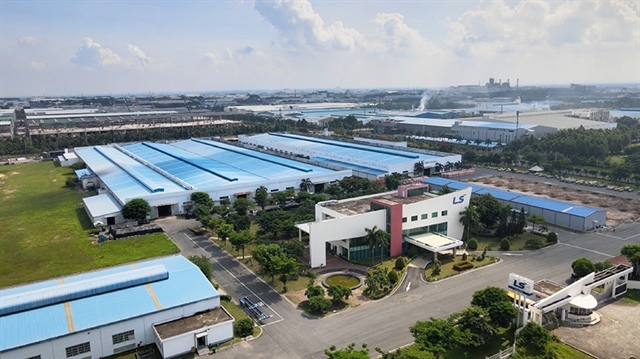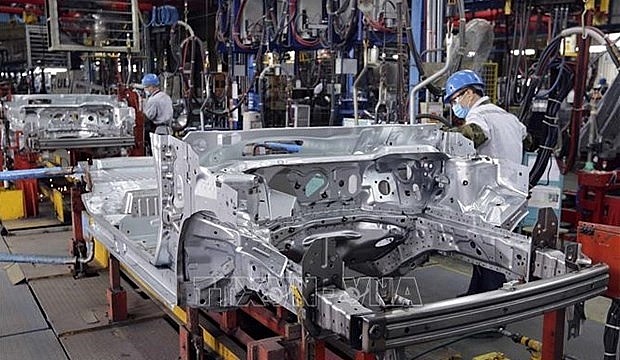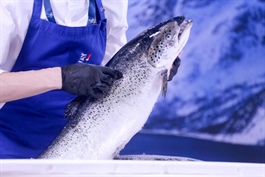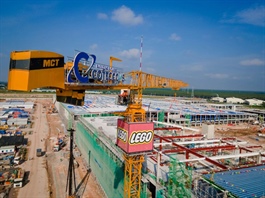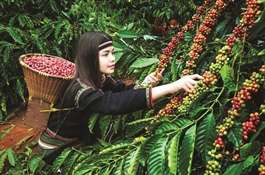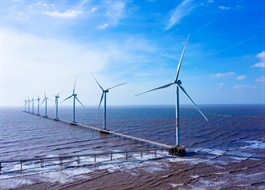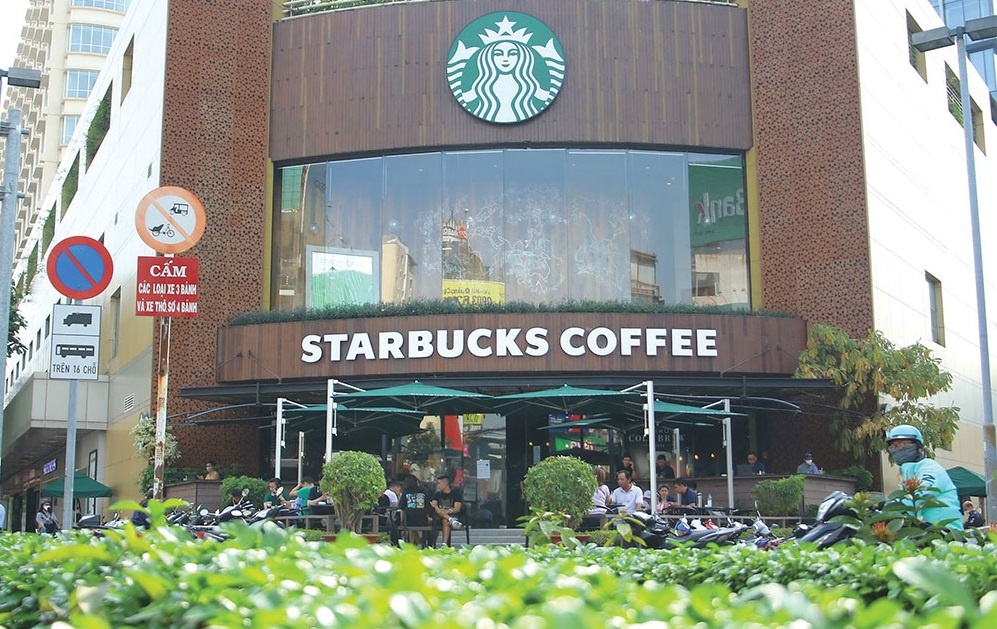Companies must better study market, prepare for price surges
Companies must better study market, prepare for price surges
More should be done by rice exporters to understand the market and minimise risks, said industry insiders and experts.
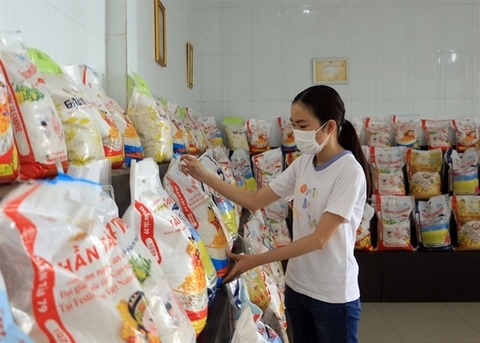
Vietnamese rice on a shelf at a store in the Mekong Delta province of Vĩnh Long. — VNA/VNS Photo Phạm Minh Tuấn |
Despite Vietnamese rice making history by reaching US$638 per tonne of 5 per cent broken rice, the highest level recorded, according to the Vietnam Food Association (VFA), rice exporters' profit margin has been getting ever thinner, with some reporting losses.
A major contributor, according to a spokesperson from the VFA, is how exporters leave themselves vulnerable to price fluctuations.
Many exporters choose to sign contracts with foreign buyers first and look for supply later. Once prices surge in the domestic market, they either have to negotiate or accept the losses. Another factor was how quickly domestic prices react to global prices, which has left exporters unprepared and unable to respond.
Renegotiation often takes time and adds extra costs, further hurting exporters, especially those with limited financial capacity.
As of mid-November, the asking price for rice in the Mekong Delta has reached VNĐ13,200-14,400 per kilogramme, forcing exporters to compete with each other to fulfil their contractual obligations.
Experts said at this price level, they must sell at $700 per tonne to make a profit, significantly higher than what the global market is offering to buy. At these elevated prices, exporters also find it difficult to engage in new contracts.
Đinh Minh Tâm, director of Cỏ May Co., a rice export company based in the Mekong Delta province of Đồng Tháp, said exporters must better position themselves operationally and financially to minimise the potential damage of price surges.
He said a large factor leading to the current situation was a lack of quality market information and failure to closely observe price fluctuations.
To make matters worse, some cornered companies resorted to unfair business practices that caused market disorder, price manipulation, commercial fraud, contractual non-compliance and a decrease in quality. It often resulted in higher losses across the entire industry and damaged the reputation of Vietnamese products in foreign markets, hindering the industry's development in the long run.
Weakening demand and oversupply have also thinned the industry's profit margin as the market is approaching saturation point. According to a recent report by FiinGroup, a market company based in Việt Nam, the industry's profit margin has decreased from 17 per cent in 2021 to 13.5 per cent in 2022. Rising input costs for fertilizers, seeds and machinery also cut into profit.
It has resulted in a significant number of companies withdrawing from the market and weaker appeal for the agriculture industry as a whole. Based on a scoring model by the company, it's predicted that an increasing number of companies will face high to very high levels of risk, 13 per cent in 2023 in comparison to 10 per cent in 2022.
Data from the Ministry of Agriculture and Rural Development (MARD) shows in the first 10 months of 2023, the export price reached $558 per tonne, a 15.3 per cent increase compared to the same period last year. Rice export turnover reached $4 billion, a 35 per cent increase in value compared to the same period in 2022. In the remaining two months of 2023, rice export turnover could reach $4.2 - 4.3 billion.





